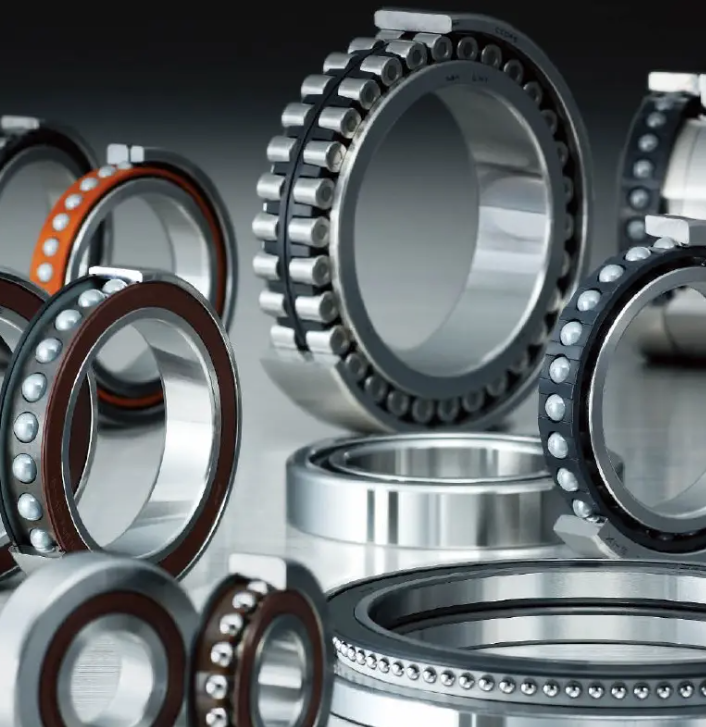Agricultural engineering involves a wide range of machines, equipment and implements. This ranges from tillage machines, tractors, tedders and balers to powerful harvesting equipment such as forage ha…
The chassis is the support of construction machinery, which can make the overall unit run in the specified direction at the speed and traction required for operation. According to the characteristics …
The type of machinery is different, the service conditions of the bearings will be different, and the performance requirements are also different. Generally speaking, there are more than two bearings …
Have you ever noticed the types of cage guidance of your bearings? Basically, there are 3 types: outer-ring-rib guidance, inner-ring-rib guidance, and rolling-element guidance. Unfortunately, big par…
Full complement cylindrical roller bearings are capable of carrying higher radial loads than bearings that utilize a cage and roller design.









